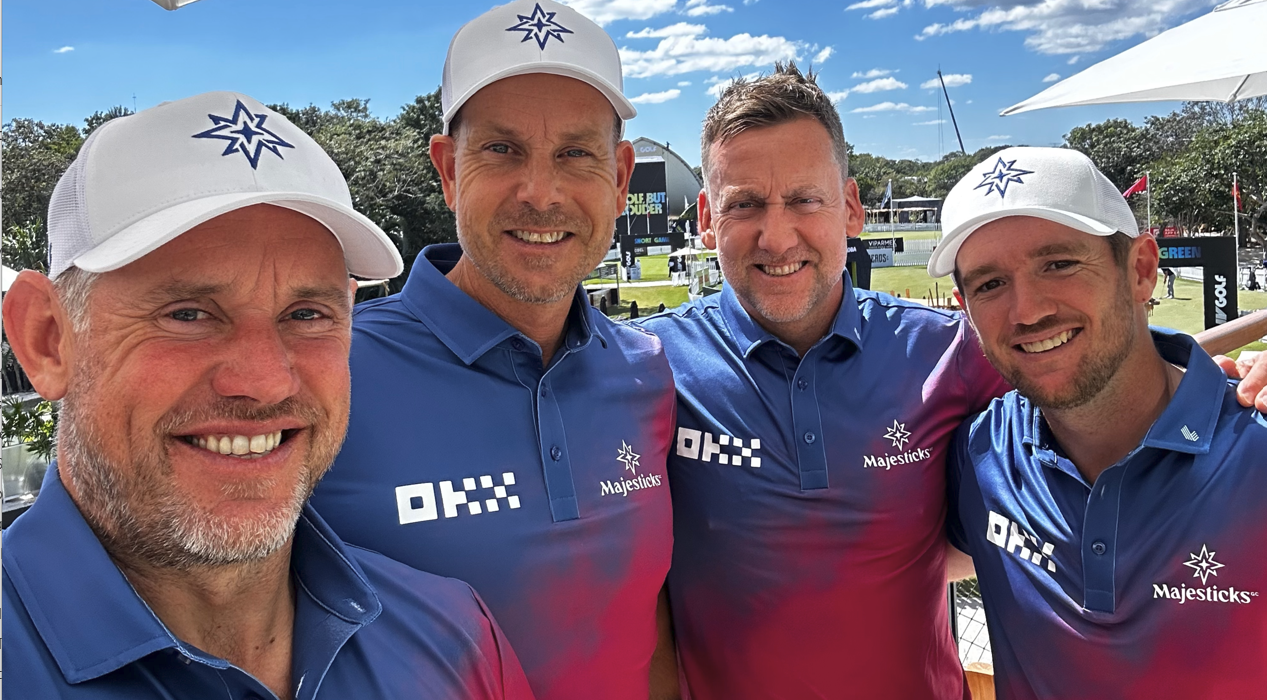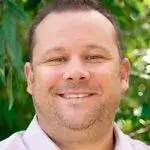January 18, 2022
Continuous Improvement: Make the Worst Part of Your Operations the Best Part
I heard a conversation that has always stuck with me. A very good golfer was asking a former professional golfer how to get better. Keep in mind that the difference between being a great club golfer and making a living at the crazy game is vast. His advice was to pick the worst part of your game and make it the best, knowingly or unknowingly sending his questioner on a continuous improvement journey.
The point of his advice was to improve the greatest flaw in a golfer’s game. What he did not share, or at least not that I overheard, was that once you fix that weakness, a new element of the game is now your worst part. New focus is needed. And on and on it goes, continually fixing and addressing your new worst part.
If we look at root cause correction in our warehouse operations, we see a similar path. Often when we improve one operational challenge, we see a new one that now becomes the focus. We need KPIs all along our material flows in order to assess the impact of improvements on the entire process.
Golf example:
- Our KPI says only hit five greens per round. We set a goal of hitting ten greens per round.
- We get some coaching and maybe even get fit for new equipment. Then we put in the work and we hit our goal.
- Now our putting KPI goes downhill. Those five additional greens we’ve started hitting are now leaving us some long putts.
- The cycle starts again. Now we set a putting improvement goal. We get some coaching and maybe add equipment. Then we do the work until we hit our goal.
- Each time we go through the cycle, a new part of our golf game becomes a new “worst part.” The cycle repeats.
Notice how we are getting incrementally better all along as we follow the process.
Warehouse example:
- We decide to increase our lines picked per hour by 20%.
- We bring in a consultant and might even add equipment. We put in the work with the team, and we hit our goal.
- Now our replenishments are not keeping up with picking.
- The cycle starts again. We set a goal to improve our new “worst part” which is replenishment performance. We might get some outside consulting help, consider equipment changes and maybe even get new equipment. We put in the work and hit our goal.
- A new gap appears in our material flow, a new “worst part.” The cycle repeats and we are getting better as we progress.
A Perfect World
The material flow in your building is an interconnected chain. Any variation in one step likely will have a reaction in another step. In a perfect world, we will have a completely engineered building and understand the velocity of each operation required to meet our customer service commitments. Each of those areas will be staffed and engineered to execute those targets. We will have published KPI boards letting the team know how we’re doing, and we can make quick adjustments during the day.
Next Best World
Most of us don’t live in that perfect world scenario above. We need to focus our continuous improvement efforts and target projects that move the needle in the right direction. Depending on the challenges of our warehouse, we likely have more than one project in flight. What is the best way to proceed?
– Try to limit how many projects are being worked on at once.
– Keep your focus on the most customer-critical KPIs.
– Service metrics – On-time shipping, fill rate
– Quality metrics – Correct quality, correct quantity, correct address, correct documentation
If you set a continuous improvement project based on a pull concept, you can drive improvements back through the process. For example, let’s look at improving picking in your high-velocity area(s). A successful increase in the picking speed will force improvements in:
- Slotting – Do you have the correct SKUs and enough stock in the locations to avoid emergency replenishments?
- Replenishment – This might be addressed by slotting. You need to make sure there is staff to keep the locations full.
- Outbound functions – Does the velocity increase drive adjustments in staffing at outbound operations?
Fight the desire to enter a game of whack-a-mole. Resist attacking each new process gap all at once. You may need a band-aid solution here and there but don’t spread your project team too thin by working on multiple improvement efforts all at once. Stick to a plan:
– Analyze the process failure that is the biggest flaw in your operation
– Identify the worst part of that function
– Focus your process improvement efforts on fixing that process
– Find a new biggest flaw and start again
There is always pressure to fix everything at once, yet often, taking that path fixes nothing. A focused approach targeting the weakest point in your operations will yield a better result. Improving your operation is not a one and done; it’s a change in operational strategy.
This is a great opportunity for leadership to make a cultural shift. From a reactionary operation to a continuous improvement culture that works to improve every day and uses KPIs to keep score.






















